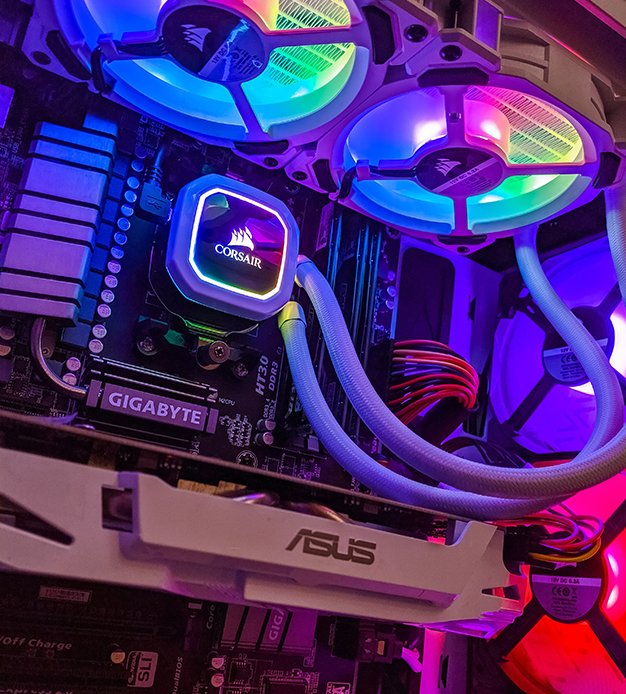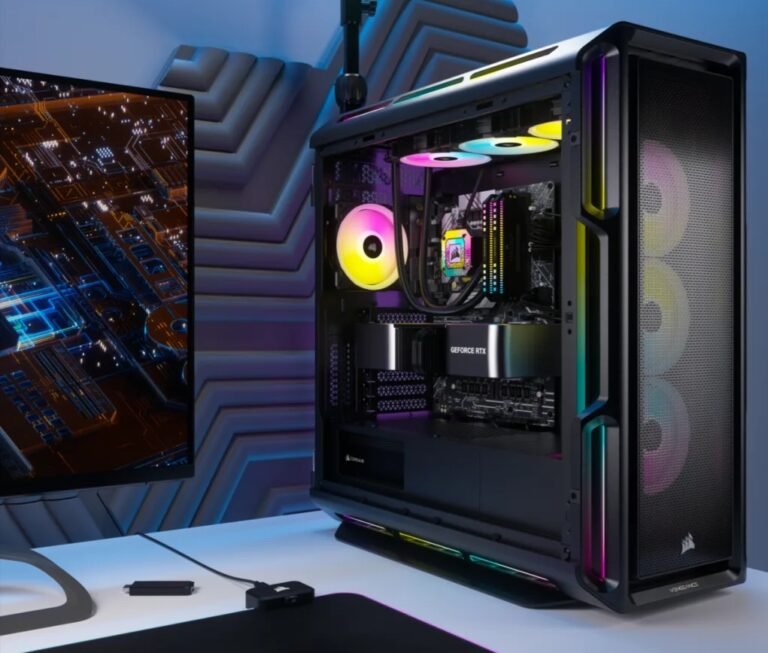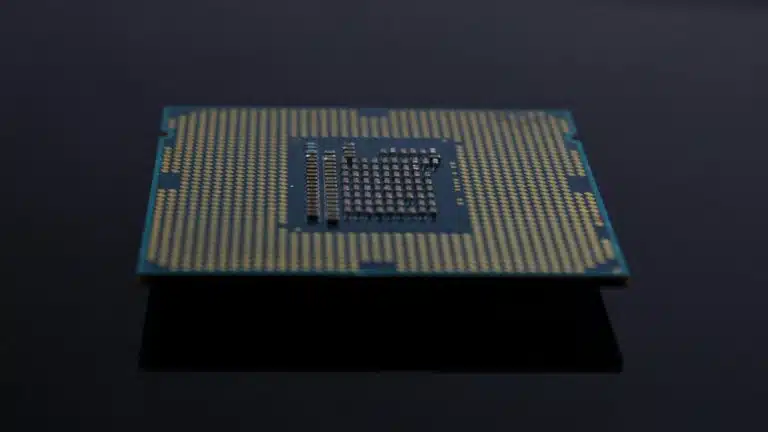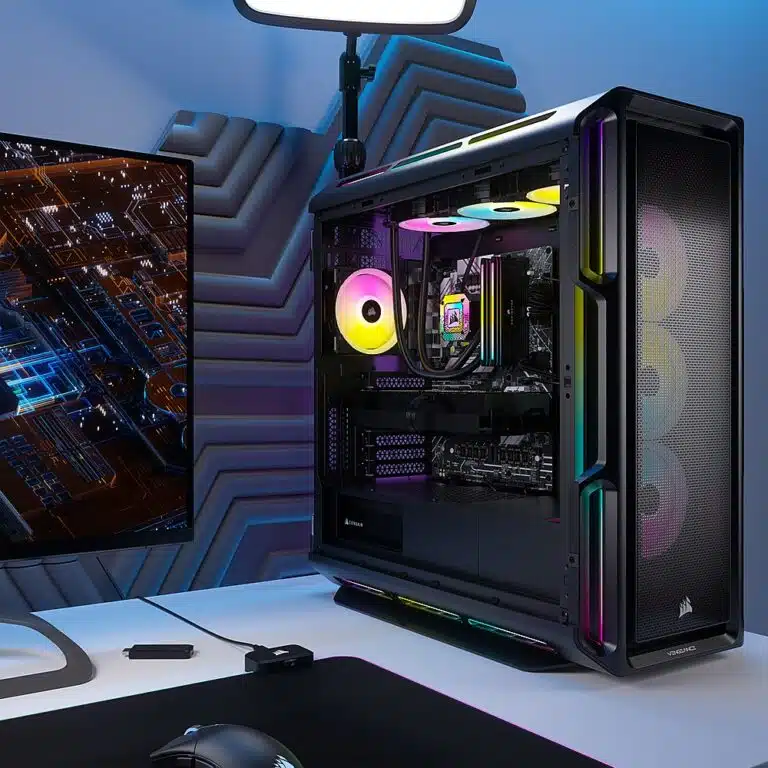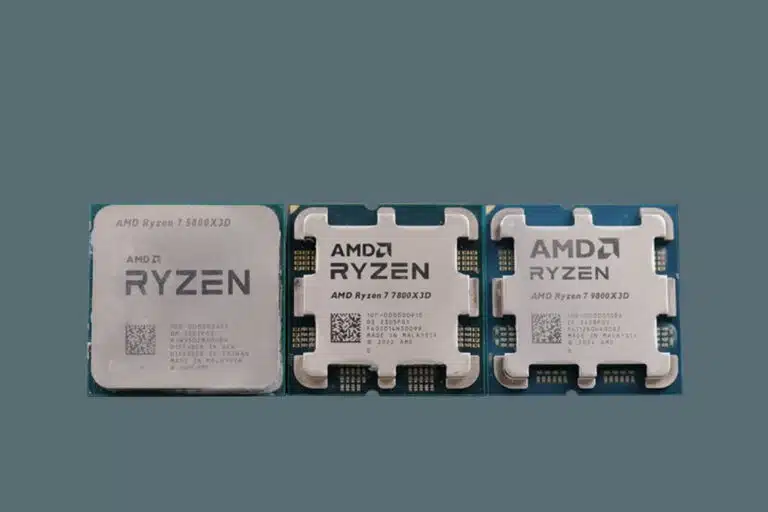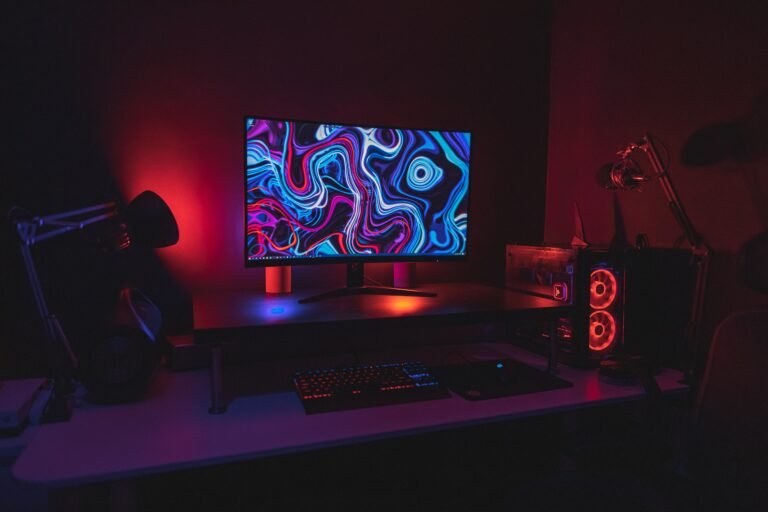Best GPU Pairings for the Ryzen 7 7800X3D (2025 Edition) – Top Tested Picks
Why You Need a Strong GPU with the 7800X3D
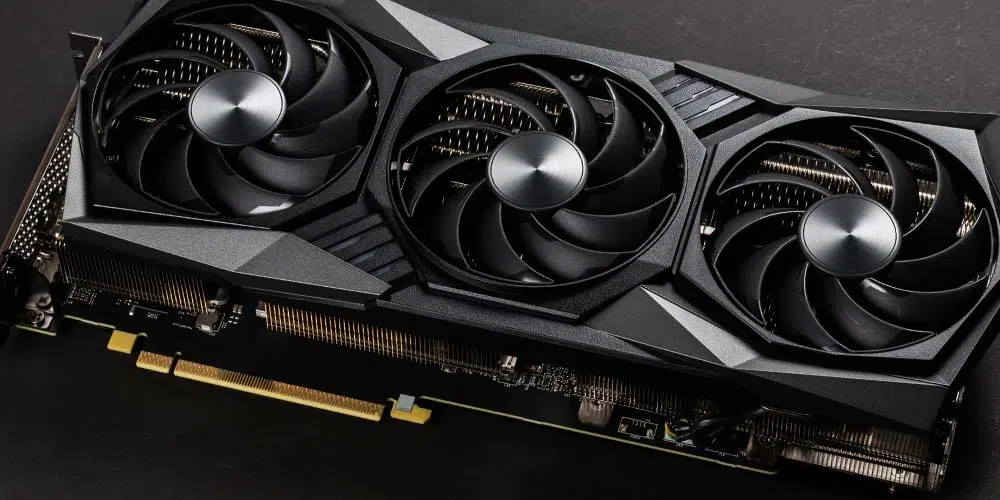
The Ryzen 7 7800X3D remains one of the top gaming CPUs available, largely thanks to its stacked 3D V-Cache, which boosts gaming performance. Because it’s so capable on the CPU side, you don’t want your graphics card to become the bottleneck. To get the most out of this processor, you should match it with a GPU that complements its strengths, particularly in high-refresh 1440p or 4K gaming scenarios.
As of 2025, the GPU landscape continues to evolve: AMD is iterating on its RDNA 3 architecture, while NVIDIA’s Ada Lovelace (and beyond) offerings push further into AI and upscaling territory. The question is: which GPU “fits” a 7800X3D best — maximizing performance without overspending or introducing inefficiencies.
However, not just any GPU is ideal. You want one whose characteristics complement the 7800X3D’s strengths and mitigate its potential weaknesses (e.g. memory latency, VRAM limits). Below, I examine how top GPUs fare in practice, and how architectural trade-offs matter.
Top GPU Pairings (2025) — By Tier & Use Case
Here’s a refined list of GPU suggestions, with deeper rationale, benchmark evidence, and trade-offs.
Tier / Use Case | Recommended GPU | Why It’s a Strong Match | Notes / Trade-Offs |
|---|---|---|---|
Flagship / Best All-Round | AMD Radeon RX 7900 XTX (OC variants preferred) | Excellent balance of raster performance, VRAM (24 GB), and competitive pricing versus alternatives. In many games at 1440p, it equals or beats the RTX 4080 in raster workloads. (TechSpot) | At the highest settings in 4K some compromises may occur; RT may be less feasible at native 4K without upscaling. |
Top NVIDIA Option | NVIDIA GeForce RTX 5080 | (Assuming RTX 50-series is mainstream now) Strong ray tracing support, DLSS / frame generation benefits, and synergy with many contemporary engines. | Higher cost per frame; power draw may be higher; in pure raster workloads, AMD’s top cards may compete closely. |
Upper Midrange | NVIDIA RTX 4080 SUPER or equivalent | Good step down from flagships while still offering 4K and high-refresh 1440p performance. | Ray tracing tends to favor NVIDIA; AMD’s counterpart might shine in raw raster but lose in RT & upscaling. |
High-Performance / Value | NVIDIA RTX 4070 Ti Super or AMD Radeon RX 7800 XT | These strike a balance: excellent 1440p performance, some 4K potential, good value per dollar. | At 4K settings, some compromises may occur; RT may be less feasible at native 4K without upscaling. |
Mainstream / Budget Focused | AMD Radeon RX 7700 / 7600 series or NVIDIA RTX 4060 / 4070 (non-Super) | Great for 1080p max settings, solid at 1440p in less demanding titles. | Ray tracing performance lags NVIDIA in some titles; upscaling (FSR) is good, but DLSS/Frame Generation still has advantages in some scenarios. Also demands a solid PSU and good case airflow. |
We’ll examine in more depth the top-tier and upper midrange picks, as they represent the sweet spot for pairing with a 7800X3D in many builds.
Tips for Picking the Right GPU for Ryzen 7 7800X3D
Let’s define what “good” means in this context. The ideal GPU partner should:
- Pick a GPU strong enough that the 7800X3D isn’t the bottleneck, especially for 1440p and 4K gaming.
- Extra VRAM and compute power help keep your system ready for newer, heavier games.
- Balance features and price. Ray tracing, DLSS, and FSR are nice, but don’t overpay if your games don’t use them.
- PSU and cooling that can handle your GPU’s demands without throttling or noise.
- Avoid buying a top-end card if it gives only a small boost in your usual games.
Because the 7800X3D is already a very capable CPU for gaming, it’s less likely to be a bottleneck than in previous generations — meaning more of your performance ceiling is determined by the GPU, not the CPU.
